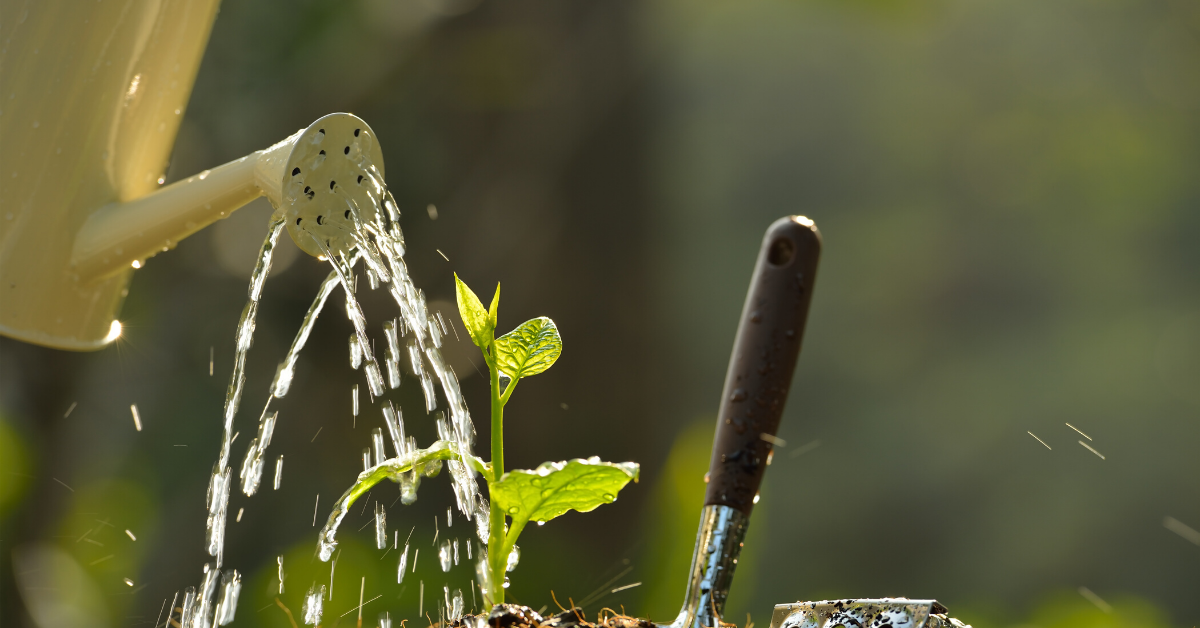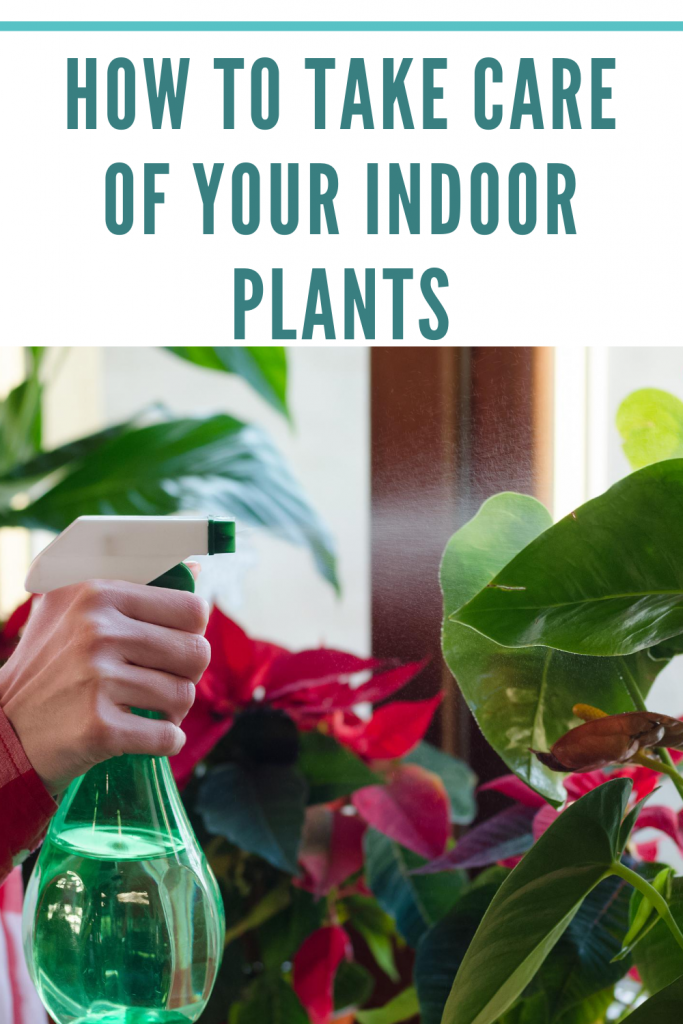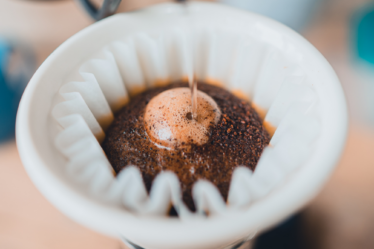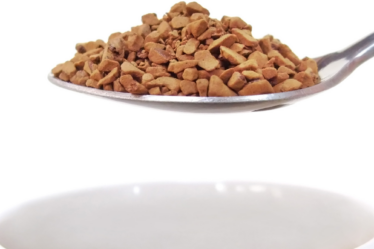
The right indoor plants can enhance the beauty of your home in a way that nothing else can; not expensive furniture, not precious artwork or exotic souvenirs, it’s natural plants that are the best decorations you can have in your home. Flowering plants or creepers, large leafy plants or low bushes – you can add variety in your rooms by placing different plants of many colours, sizes, and types. But to keep them like this you have to read on in this how to take care of indoor plants guide.
However, it’s not enough to simply keep indoor plants in your home when you don’t take care of them properly. Every plant has a different maintenance technique that you need to follow if you want your indoor plants to survive and thrive. Some plants need regular watering to keep the soil moist at all times, while others can be quite satisfied with watering only once or twice a week; some plants need direct sunlight and others can survive in low light.
For your indoor plants to flourish, you have to know how to properly take care of each and every one of them, which you can learn here.
- Choose your Plants Well
Try to choose your indoor plants on the basis of practicality. If your apartment or house doesn’t get a lot of direct sunlight, choose plants that can survive in a low light environment. The Asparagus Fern and the Chinese Money Plant can both adapt well to a low light environment with no direct sunlight, which means you can put them in any corner of any room in your home. The Peperomia can actually survive under florescent light and no sunlight.
In the same way, if you often forget to water your plants or if you have the tendency to overwater them, the Chinese Evergreen plant can survive both. The Spider Plant only needs to be watered once or twice every week, so if you are a rare waterer, you can consider this plant.
The Aloe plant can survive with a weekly watering and indirect light – one of the plants that need the least taking care of. The Fiddle Leaf Fig plant, too, can survive in low light, indirect sunlight and frequent watering, especially in the winter.
- Be Mindful of Light
Some plants need direct sunlight, such as the Gardenia, which requires at least 6 to 8 hours of sunlight every day to survive and bloom; other plants can survive in indirect sunlight but requires a bright environment. Sunlight is a deciding factor for an indoor plant’s life, so you need to be mindful of the abundance or the lack of it when placing your house plants around the house.
The ideal location for houseplants is in balconies and terraces, or in rooms that get the morning sunlight every day. For smaller potted plants and hanging plants, window sills can provide both sunlight and brightness; window sills usually provide enough brightness for plants to thrive, as well as sunlight and natural fresh air. You can even hang plants from your balcony and windows if you don’t have enough space on the ledge.
If you have space around your window, you can regularly move your plants there for a few hours of sunlight every week from wherever they are originally placed in your rooms. This way, you can spread your plants all around the house, even corners, and tabletops that don’t get a lot of light, because they’ll get enough sunlight from the window ledge a few times every week.
- Water them Accordingly
The golden rule of taking care of indoor plants is that you need to keep the soil moist at all times, if not well. Having said that, every plant needs to be watered differently. Some plants can live with once-a-week watering while others need to be watered generously every. You need to read up on the type of plant you have in your home or talk to a gardener to know about the watering needs of your plants.
On the other hand, you can determine whether and when your plants need watering. Pink up your plant (which is possible if this is a small potted plant) and feel its weight. If the pot feels lighter than normal, it means that the soil is dry and needs watering; if the pot is heavy, it might not need watering immediately. Another way of determining the condition of the soil is to use your fingers. Jab a finger into the soil to see just how moist the soil is inside; if your finger comes out dry, the plant needs watering.
It’s better to establish a watering schedule for all your plants, depending on the amount of water your plants need. This way, your plants won’t have to go without water for a very long time. You can even group your plants accordingly: keep all plants that need watering every day together, and plants that need bi-weekly watering in another group.
- Use the Right Soil
For plants that thrive, only soil is not enough. The best soil, known as potting soil or potting mix, for any kind of plants is actually a mixture of soil, moss, compost and equal parts vermiculite or perlite. Seeds or cuttings planted in potting mix grow up faster than in regular soil; you can mix potting soil with regular soil, or use potting soil exclusively, in your pots.
- Use Room Temperature Water
Always use water that’s room temperature, i.e. 68⁰F or 20⁰C. Anything hotter than this temperature will cause your plants to go into shock and damage the soil; eventually, the use of hot water may kill your plants altogether. Water that is too cold can also cause your plants to become dormant, and stop any future vegetation or bloom.
If you live in an excessively hot or cold climate, you can use a thermometer to determine the temperature of the water. The range between 20⁰C to 22⁰C (68⁰F to 72⁰F) is considered to be the ideal room temperature, so you might have to warm up the water or cool it down to make it appropriate for plants. Regular tap water is perfectly acceptable for plants, as long as the water isn’t too contaminated.
- Ensure the Moisture Level of Soil
It is very important that the soil in your potted plants have the appropriate level of moisture locked inside. You can do this with a store-bought moisture meter that you can find in most nurseries, gardening shops or hardware stores. A moisture meter will let you know whether your soil is ‘wet’, ‘dry’ or ‘moist’. You can alter or continue with your watering schedule based on what your moisture meter tells you. This is a simple device that can also let you know the pH level of your plants.
- Confirm Good Drainage
Pots that comes with a hole at the bottom are perfect for the proper drainage system. For pots with a drainage hole, you can accidentally end up overwatering your plants but the excess water will drain out. Without a single hole at the bottom, the excess water will accumulate at the bottom of the pot and kill your plant, by rotting the roots below.
Ceramic and clay pots absorb more water than pots made of plastic, glass, and metal. It is difficult to make holes in pots by yourself, so be sure to buy pots that already have a hole in them.
- Ensure Room Humidity
Most plants thrive in a humid environment than a dry one, especially tropical and exotic plants. Only certain plants like cacti live better in a dry environment, so it is important that the locations you place your plants have enough humidity. You can buy a humidifier and keep it close to your plants if you live in a dry environment so that your plants get enough humidity.
If your plants have dried up, wilting and browned leaves and flower buds, it’s a sign that your plants are suffering from a low-humid environment. Instead of buying a humidifier, you can spray distilled water on your plants, which will help the plants to maintain their natural humidity. Keeping all the plants close to each other, in a group, rather than scattered around the house, can keep their natural humidity intact, as well.
- Use the Right Fertilizer
Occasionally, your plants might need the natural boost only fertilizer can give them. 10-10-10 fertilizers are the best for most types of plants, which is the balanced mixture of nitrogen, phosphorus, and potassium in equal amounts.
You can add this mixed fertilizer to your potted plants every now and then, after a decent interval. In the same way, you can mix them with soil when repotting them or when adding a new plant to your collection. Flowering plants need a fertilizer that is high in potassium and foliage plants to need one that has more Nitrogen, so buy your fertilizers accordingly.
- Trim or Prune the Plants Regularly
It doesn’t hurt the plants when you trim off some of the branches or prune the roots. Rather, trimming and pruning your plants can stop them from getting out of control, which is more important for indoor plants. Every now and then, you need to cut off branches and leaves that have attracted bugs or grown too much, big enough to cause an imbalance in the plant. If you prune the branches and the leaf nodes at a 45⁰ angle, they will grow more and better in the future.
Taking care of your plants the right way is crucial to make sure they are happy, healthy and thriving. A few plants are all that you need to give your home a peaceful feeling and serenity that it needs, but only when you take care of them properly. There are a lot of plants that can live and flourish with very little maintenance and even some neglect, which is perfect if you live a busy life. You can find a lot of plants that fit your lifestyle and your timing, so it’s never very hard to take care of your indoor plants.



